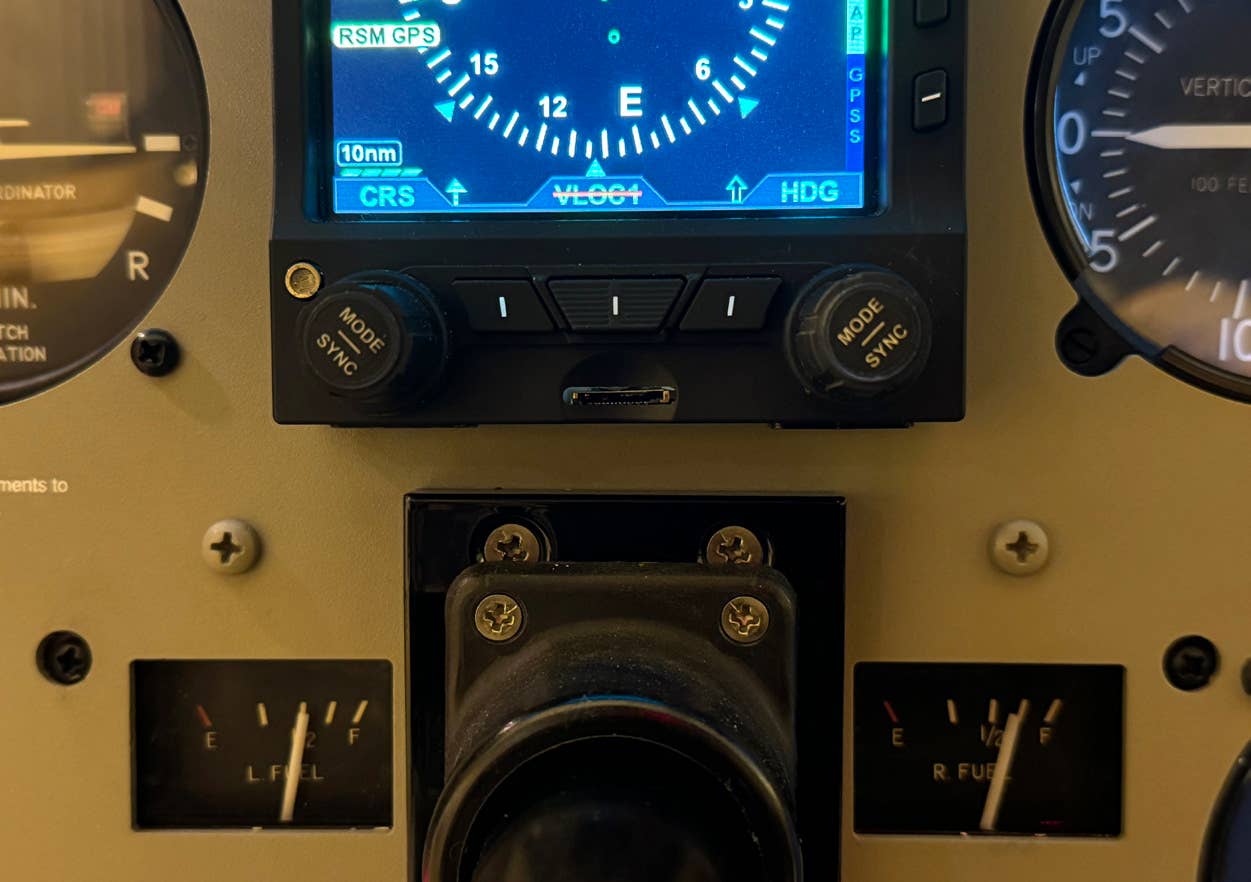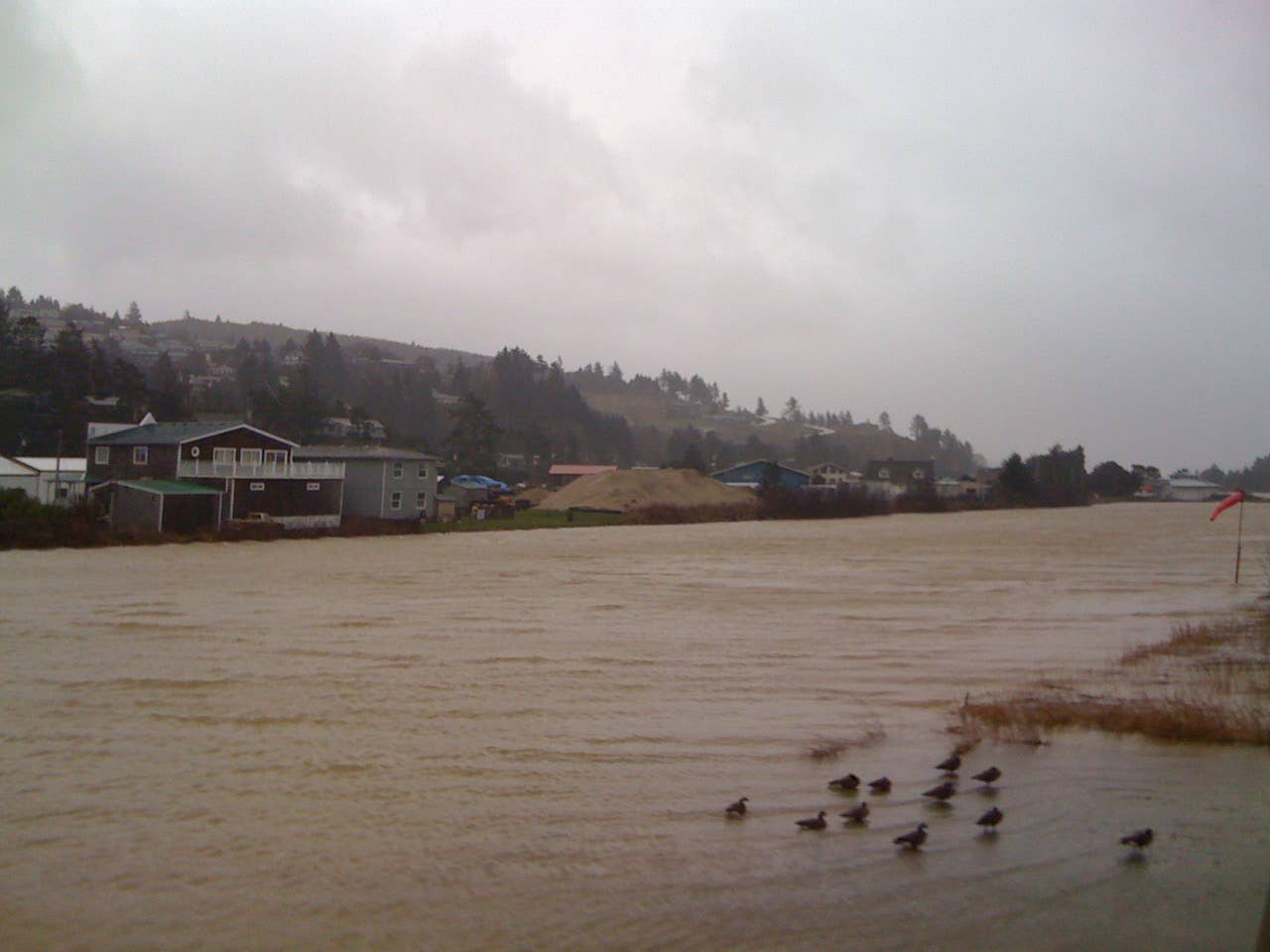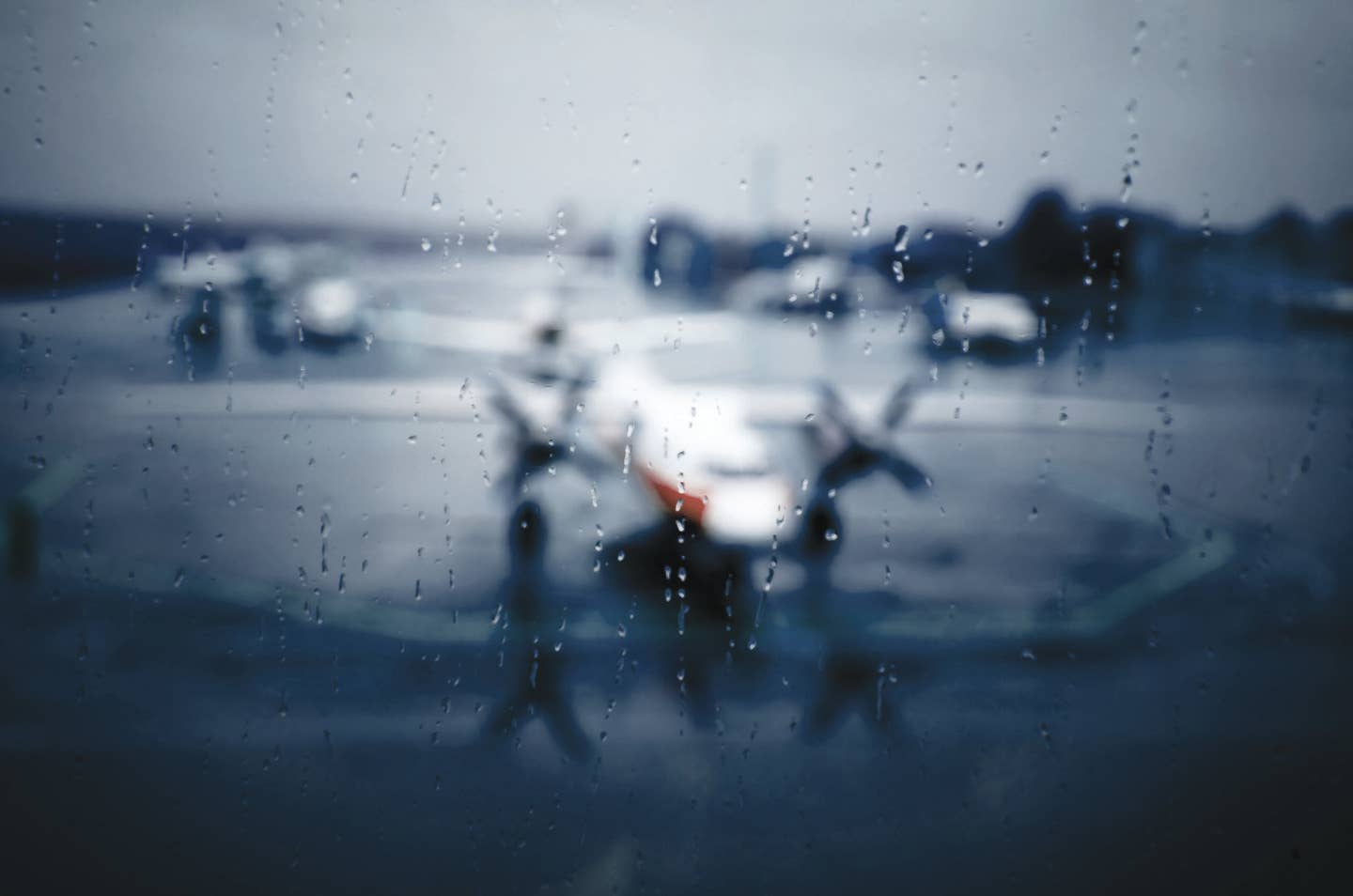
The late Bill Wagstaff, a former colleague of mine, was a very smart man who loved aviation. But though he'd taken some lessons, he never pursued the actual flying part very far. It just wasn't a priority to work through (and pay for) all of what it took to operate an airplane safely and with a measure of practicality. But when he saw photos of the first Cirrus SR20 with the Avidyne Entegra large-screen avionics suite, his immediate reaction was, "This is an airplane I could fly." To Bill, it looked simple and intuitive — doable — as it was meant to.
Taking the example of Bill's impression a few steps further, maybe another prospective pilot might think, "This is an airplane I could imagine using for transportation, safely and reliably — without being required to devote so much time and energy to retaining proficiency." It seems like aviation heresy to suggest that regular recurrent training isn't an absolute necessity. Of course it is. But have we come to assume that X amount of training hours, study and dedication IS required to remain safe? Have we then piled on the features and procedures to ensure that, indeed, a pilot MUST put in the requisite time — or face dire consequences? Perhaps we, as pilots, are loath to suggest that flying could be something someone does safely without our level of commitment and devotion. Rather than more simple, as Bill saw it, we've termed glass cockpits as "Technologically Advanced Aircraft" with all the foreboding that implies to those who might aspire to fly one.
IFR flying with standard instruments does, in fact, require regular practice. The skills of scanning instruments and envisioning situational awareness deteriorate without use. This kind of flying is not like riding a bicycle, or jumping into a standard shift car after not tromping a clutch for years. The skills required to safely operate a glass cockpit also have limited shelf life — but for a different reason. Anyone who has dusted off a seldom-used program on their computer knows why. Unless you remain familiar with the menus and control sequences, it's all too easy to lose your way in cyberspace. [That's why I'm particularly heartened by Garmin's new G3000 and G5000 suites that use simpler, more intuitive touchscreens. They've also devoted their software engineering efforts to developing "shallow" menus that require fewer, more intuitive steps to get to — and back from — the Promised Land of information Nirvanah.]
As with religion, zealots within different sects of avionics faiths seem to misunderstand and misrepresent the beliefs of opposing "heretics." Conventional-panel fanatics are wont to preach that glass panels force pilots to keep their heads bowed blindly inside the cockpit, and pay too little attention to traffic. Conversely, those who turn daily to give homage in the direction of Olathe, Kansas or Lincoln, Massachusetts scorn "steam gauge" flyers as primitive and unwilling to accept the clear truths of the modern age. Of course, there is a measure of truth on either side of the argument. The potential is very real for great increases in safety and utility with the plethora of information available from modern avionics. But focusing on acquiring that information must be prioritized against the clear and present dangers we face by not paying attention out the window, or neglecting old-tech nav skills as backups to blindly following the magenta line.
Pilots have always grown more dependent on new technology as it proves its reliability over time. In the 1950s and 1960s, VORs replaced NDB technology, which had, itself, replaced the four-course range of the 1930s. As to the argument that today's avionics are no safer than older tech, I submit we've increased utility, not safety per se. It's now fully prudent to launch innumerable flights that would have been downright foolhardy without the autopilots, terrain alerts, synthetic vision, on board weather (etc., etc.) that we have today. As for the screens going blank — yes, always assume it could happen and know what you need to do and where you need to go to find a safer haven in the storm. There will always be a baseline of accidents caused by judgment errors — pilots simply getting in over their heads. With new avionics, we've changed exactly how it is they do this, but that's all it is. Being human, pilots will always make mistakes in some form, and unfortunately, some of those mistakes will be deadly.
So what's changed? I remember asking an NTSB accident investigator about 10 years ago how the growth of point-to-point GPS navigation has changed his job. He said, "Well, it usually makes it a lot easier to find the wrecks."
Good airmanship can be as simple as maneuvering an LSA around the pattern safely once a week, or ensuring that the annual cross-country VFR trip to Grandma's for the holidays is properly planned and vetted against prevailing weather (with backup travel plans in case of no-go conditions).
It's all about being prudent, and good judgment doesn't come in a box, or the panel of even the most technologically advanced airplane. But nor does having that panel necessarily mean that you don't have what it takes to use it safely.
Call to action: If you have any tips of your own you'd like to share, or have any questions about flying technique you'd like answered, send me a note at enewsletter@flyingmagazine.com. We'd love to hear from you.

Sign-up for newsletters & special offers!
Get the latest FLYING stories & special offers delivered directly to your inbox






